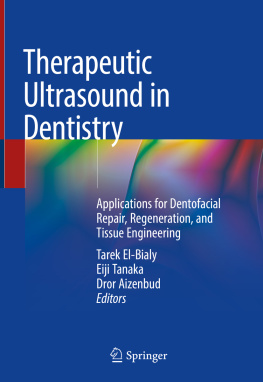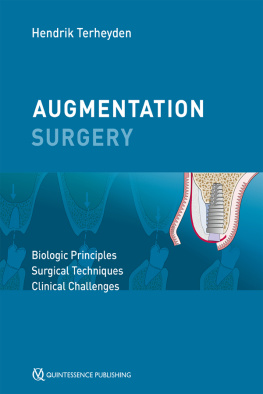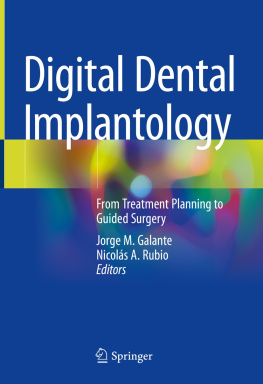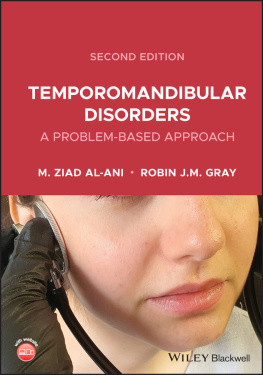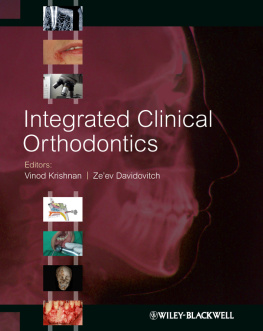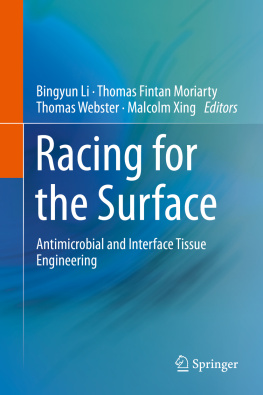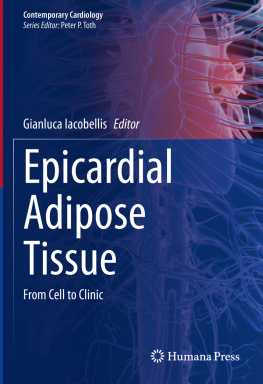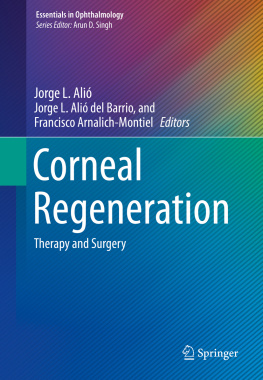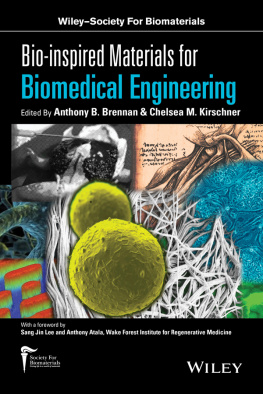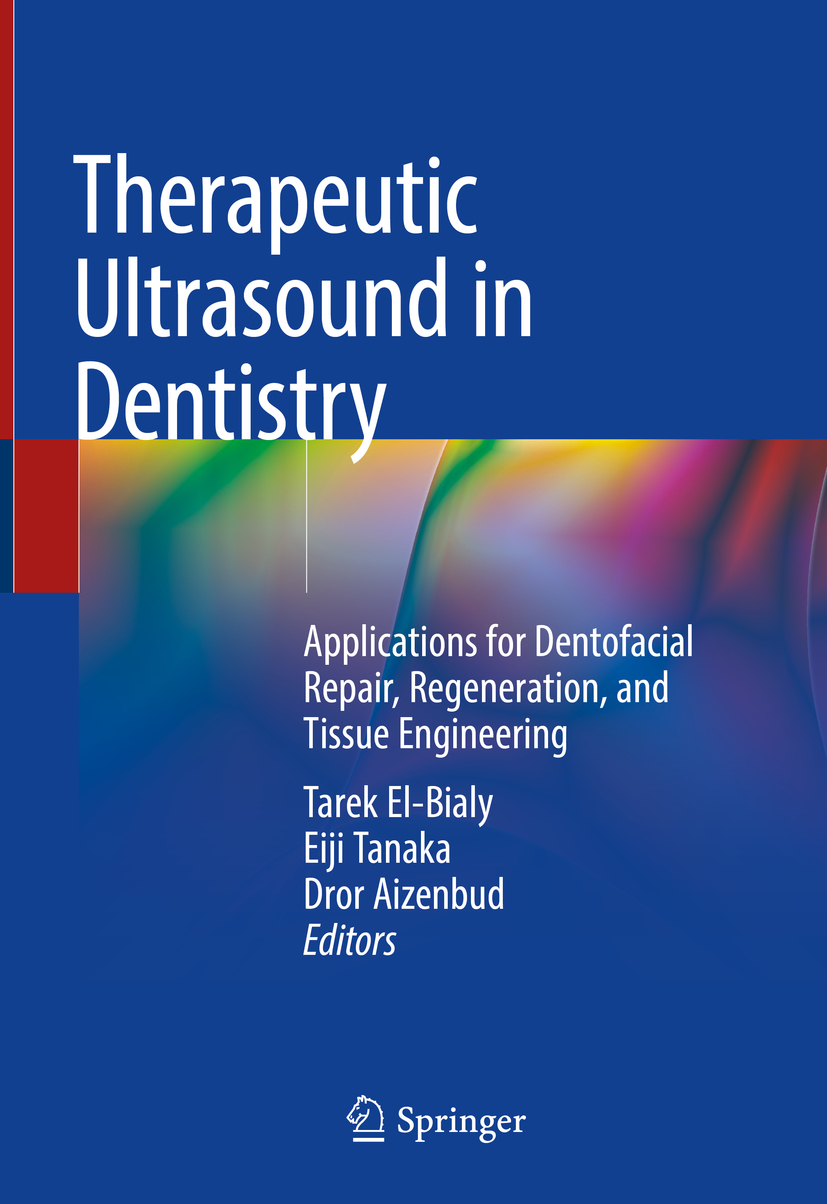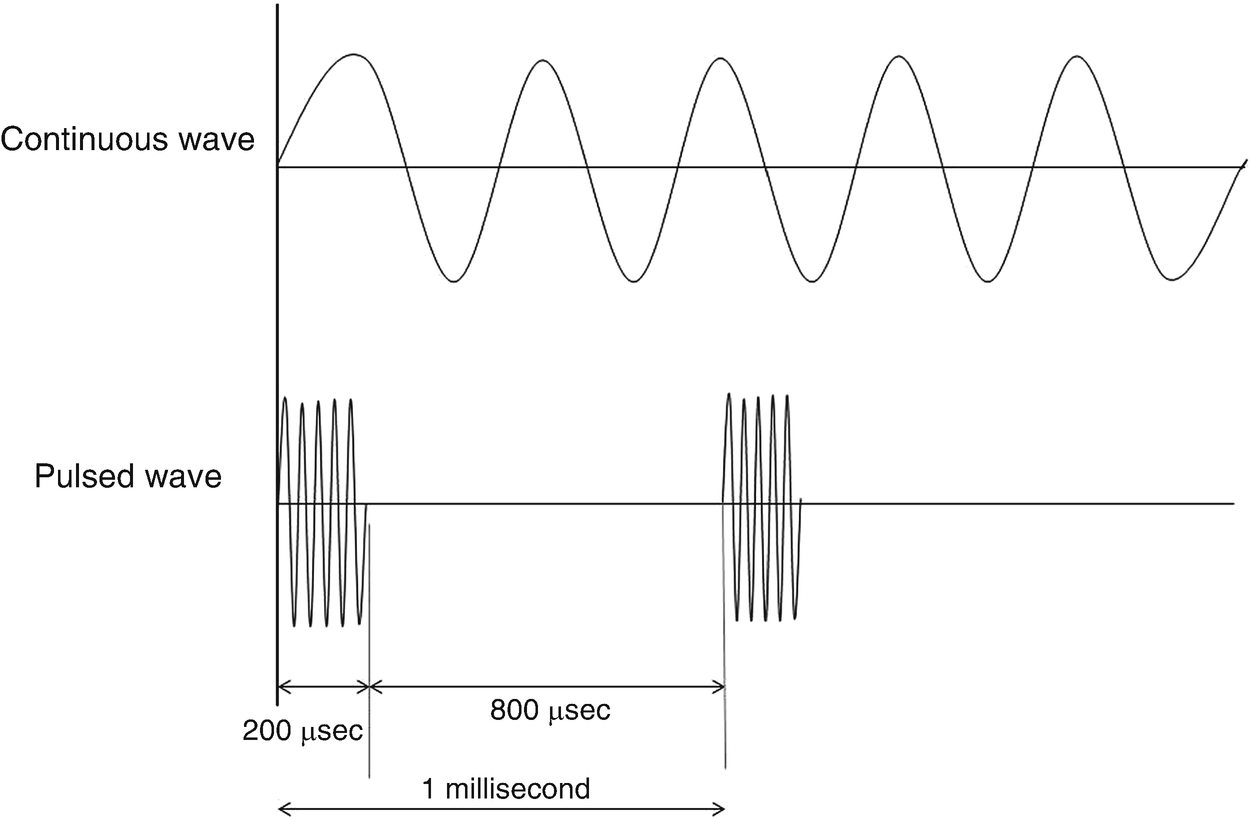Tarek El-Bialy (editor) - Therapeutic Ultrasound in Dentistry: Applications for Dentofacial Repair, Regeneration, and Tissue Engineering
Here you can read online Tarek El-Bialy (editor) - Therapeutic Ultrasound in Dentistry: Applications for Dentofacial Repair, Regeneration, and Tissue Engineering full text of the book (entire story) in english for free. Download pdf and epub, get meaning, cover and reviews about this ebook. year: 2018, publisher: Springer, genre: Romance novel. Description of the work, (preface) as well as reviews are available. Best literature library LitArk.com created for fans of good reading and offers a wide selection of genres:
Romance novel
Science fiction
Adventure
Detective
Science
History
Home and family
Prose
Art
Politics
Computer
Non-fiction
Religion
Business
Children
Humor
Choose a favorite category and find really read worthwhile books. Enjoy immersion in the world of imagination, feel the emotions of the characters or learn something new for yourself, make an fascinating discovery.
- Book:Therapeutic Ultrasound in Dentistry: Applications for Dentofacial Repair, Regeneration, and Tissue Engineering
- Author:
- Publisher:Springer
- Genre:
- Year:2018
- Rating:5 / 5
- Favourites:Add to favourites
- Your mark:
Therapeutic Ultrasound in Dentistry: Applications for Dentofacial Repair, Regeneration, and Tissue Engineering: summary, description and annotation
We offer to read an annotation, description, summary or preface (depends on what the author of the book "Therapeutic Ultrasound in Dentistry: Applications for Dentofacial Repair, Regeneration, and Tissue Engineering" wrote himself). If you haven't found the necessary information about the book — write in the comments, we will try to find it.
This book highlights the potential of low-intensity pulsed ultrasound, or LIPUS, to introduce a new era in dentistry by revolutionizing the approach to dental treatment and providing a cure for pathologic conditions long considered untreatable. Readers will find information on all aspects of LIPUS, from its mode of action and biologic mechanisms to the full range of emerging clinical applications. The role of LIPUS in promoting dental tissue repair and regeneration and in tissue engineering is fully explained in a series of chapters focusing on stimulation of cell metabolism in the dentocraniofacial region, bone healing, periodontal regeneration, the temporomandibular joint, pulp cell differentiation, the salivary glands, and orthodontics. The past two decades have witnessed numerous discoveries that have enhanced the scope for use of therapeutic ultrasound in dentistry. In summarizing the latest knowledge in this exciting field, the book will be of interest to dental surgeons, orthodontists, periodontists, and other practitioners.
Tarek El-Bialy (editor): author's other books
Who wrote Therapeutic Ultrasound in Dentistry: Applications for Dentofacial Repair, Regeneration, and Tissue Engineering? Find out the surname, the name of the author of the book and a list of all author's works by series.

